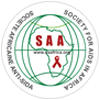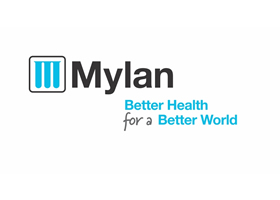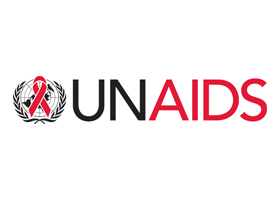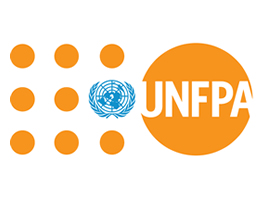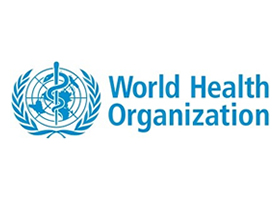Time: 10:45 - 12:15
Venue: AD10
Reporters: IRAKOZE SHYAKA Christelle and UWIMANA VESTINE Lorraine
Dr. Amy Slogrove gave a presentation about the universal risk factors affecting all children but which occur more often in children of women living with HIV. She stated that young mothers face challenges with use of antiretroviral drugs, adverse birth outcomes, good infant feeding practices, maternal wellbeing and other socioeconomic challenges.
Gabriel Loni Ekali discussed about the growth outcomes in children exposed in utero to HIV but uninfected and he went on with a systematic review and meta-analysis of published studies. He started with an introduction children who are HIV exposed but uninfected who are a vulnerable group with several health challenges when compared with children HIV unexposed, uninfected. Numerous reports on growth faltering - smaller head circumference, stunting, wasting for children who are HIV exposed but uninfected. Globally, the children prevalence of stunting and wasting in under-5s was 21.9% (149 million children) and .3 % (48.5 million children) respectively. This restricts linear growth in early life, affecting the quality of life, associated with in cognitive impairment and lower lifetime earnings. Recent reviews summarized evidence of disproportionate burden of mordidity, mortality and neuro-developmental delay.
Dr. Amara Ezeamana, Department of Psychiatry, Michigan State University, talked about neurodevelopmental outcomes by school-age and adolescence of children exposed to but uninfected by HIV. In her analysis, she included 11 studies of mostly<8 years old, children assessed via BSID. Children who were HIV exposed but uninfected were at higher risk of lower cognitive and motor scores compared to children HIV unexposed, uninfected. Children who were HIV exposed to antiretrovirals but uninfected were seemingly at higher risk of lower cognitive and motor. Three of four studies found concerning neurodevelopmental findings among school-age children and adolescent HIV exposed but uninfection. There is limited understanding of how peripartum ARV exposure effects neurodevelopment by school-age children and adolescence. In a study conducted in Uganda to determine whether peripatrum ARV exposure adversely affects children who were HIV exposed but uninfected’s neurodevelopmental trajectory, and to investigate variations in this association by type of ARV specimen. The result showed that intrapartum ARV exposure –particularly if 3TC inclusive, predicted clinically large adverse neurocognitive changes over one year. Peripatrum CART exposure predicted modest to large favorable change in neurocognitive outcomes over 12 months.
Ms. Camille Wittaeselle gave a presentation about ‘’adolescent mothers living with HI and their children. She discussed about parenting in adolescence and its association with stigma and exclusion due to adolescent pregnancy/motherhood, exclusion from schooling/employment and lower access to resources such as child support grant, employment grant, employment support grant and employment support. It is also associated with worse access to perinatal care, increased vulnerability to intimate partner violence and gender based violence. She presented 2 studies. One involved a 3 year old children and adolescent cohorts in Mzantsi Wakho (n=1600) that included 1000 HIV-positive and 500 HIV-negative individuals. The second was the HEY baby study which was a sister study with 1025 adolescent mothers a third of which were HIV positive. She shared the experiences of children of adolescent mothers living with HIV.


